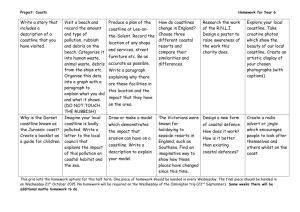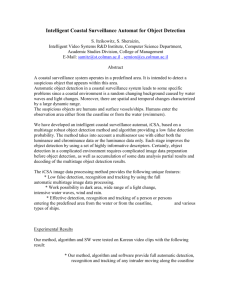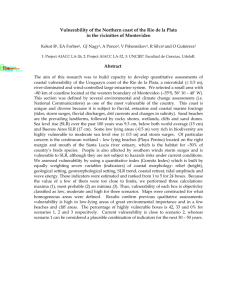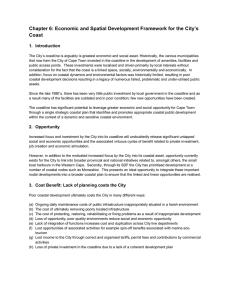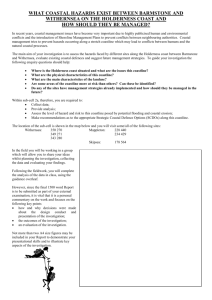Abstract
advertisement
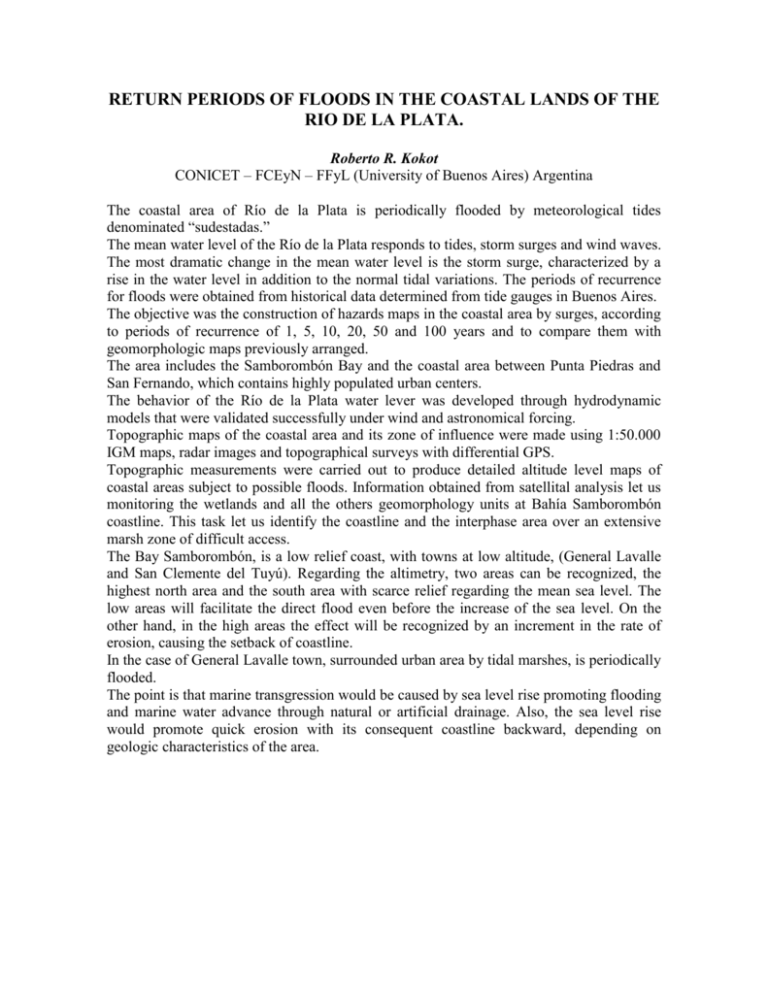
RETURN PERIODS OF FLOODS IN THE COASTAL LANDS OF THE RIO DE LA PLATA. Roberto R. Kokot CONICET – FCEyN – FFyL (University of Buenos Aires) Argentina The coastal area of Río de la Plata is periodically flooded by meteorological tides denominated “sudestadas.” The mean water level of the Río de la Plata responds to tides, storm surges and wind waves. The most dramatic change in the mean water level is the storm surge, characterized by a rise in the water level in addition to the normal tidal variations. The periods of recurrence for floods were obtained from historical data determined from tide gauges in Buenos Aires. The objective was the construction of hazards maps in the coastal area by surges, according to periods of recurrence of 1, 5, 10, 20, 50 and 100 years and to compare them with geomorphologic maps previously arranged. The area includes the Samborombón Bay and the coastal area between Punta Piedras and San Fernando, which contains highly populated urban centers. The behavior of the Río de la Plata water lever was developed through hydrodynamic models that were validated successfully under wind and astronomical forcing. Topographic maps of the coastal area and its zone of influence were made using 1:50.000 IGM maps, radar images and topographical surveys with differential GPS. Topographic measurements were carried out to produce detailed altitude level maps of coastal areas subject to possible floods. Information obtained from satellital analysis let us monitoring the wetlands and all the others geomorphology units at Bahía Samborombón coastline. This task let us identify the coastline and the interphase area over an extensive marsh zone of difficult access. The Bay Samborombón, is a low relief coast, with towns at low altitude, (General Lavalle and San Clemente del Tuyú). Regarding the altimetry, two areas can be recognized, the highest north area and the south area with scarce relief regarding the mean sea level. The low areas will facilitate the direct flood even before the increase of the sea level. On the other hand, in the high areas the effect will be recognized by an increment in the rate of erosion, causing the setback of coastline. In the case of General Lavalle town, surrounded urban area by tidal marshes, is periodically flooded. The point is that marine transgression would be caused by sea level rise promoting flooding and marine water advance through natural or artificial drainage. Also, the sea level rise would promote quick erosion with its consequent coastline backward, depending on geologic characteristics of the area.

